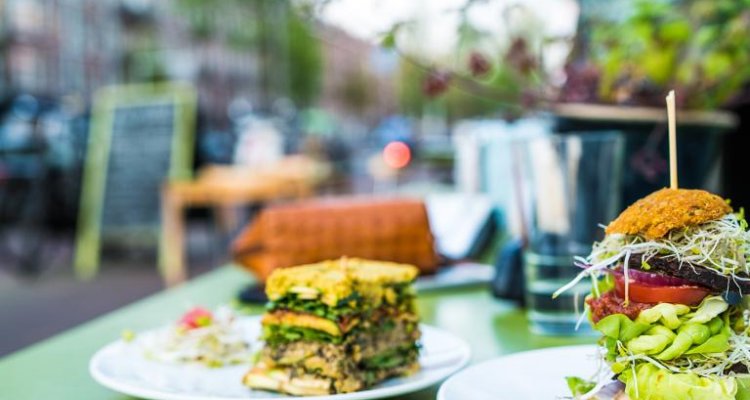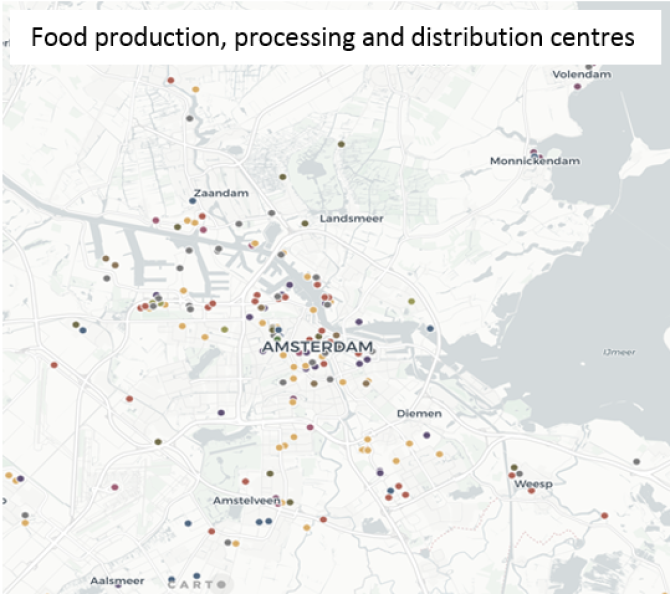
Impact story
Building blocks for a self-sufficient metropolitan food system
In the last decades, more and more local stakeholders have recognized the need for local food policies. They want to increase the proportion of consumed food that is produced and processed in the direct surroundings of their cities and wish to diminish the ecological footprint of urban food consumption, or guarantee the quality of the food. At the same time, there is too little land for agricultural production available in metropolitan areas to meet consumer demand. It is a challenge to optimally organize a food system for the production, processing and distribution of healthy food.
Motivation
The metropole region of Amsterdam, in The Netherlands, has recently developed food policies to increase the share of locally produced food: food that is produced and processed in the direct surroundings. To prepare for implementation of these food policies, the food system of the area has been mapped. What is the demand for urban food based upon the population? How much food is currently produced in the region? Where does this food go to? What areas can be transformed to match the demand for food?
Solution
Partner organisations gathered and harmonized data on the locations of food production, processing and distribution centres, transport networks and consumer markets. This initial inventory was supplemented with tacit stakeholder knowledge that emerged from workshops and interviews. This mapping was matched with the demand for food, based upon a healthy food intake pattern including vegetables, cereals, pulses, dairy produce, etc. A local spatial design was drafted to discover potential areas for growing the food that is currently not locally available.
Wageningen University & Research carried out these activities in cooperation with: AMS Institute, Flevo campus, Aeres Hogeschool en de Hogeschool van Amsterdam.
How can we map the food system of metropolitan regions?
Impact and future perspective
The process of mapping the food system has brought together various stakeholders, while creating a realistic understanding of the situation through a tangible spatial map. This is an essential step towards implementing the food policy to enhance the share of consumed food that is produced and processed in the direct surrounding rural area. More parties need to be engaged in jointly exploring active realisation.
